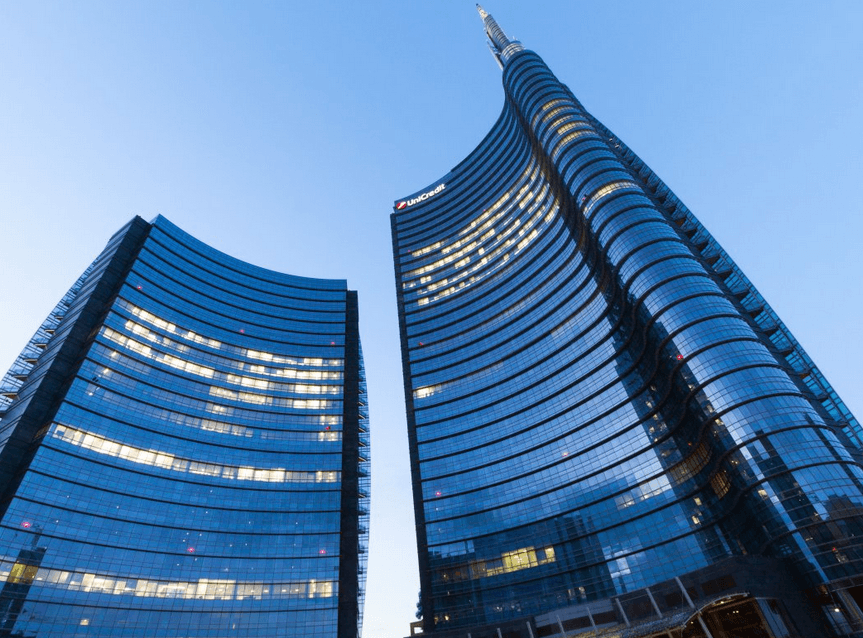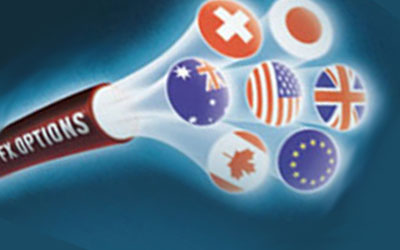The role of central banks in deciding exchange rate levels cannot be overestimated. If you want to trade currencies you need to understand what a central bank is, and how it controls exchange rates.
The actions of these institutions drives the day to-day fluctuations in the forex markets, but who are they, and how do they work? Here’s a look at the 6 most important central banks in the world, and the way they make their decisions.
1. The Federal Reserve
This is the big one. The Federal Reserve is the most talked about, and by far the most important, central bank on the planet. The Dollar is the currency of world trade.
How does it work? The seven governors, appointed by the president and confirmed by the senate, serve 14-year terms. The meet once every six weeks with 5 of the 12 presidents of the district reserve banks to form the Federal Open Market Committee. This committee decides interest rates, and more dramatic actions by the central bank.
What does it want? The Federal Reserve’s dual mandate is full employment and stable prices, meaning it wants to keep both inflation and unemployment low. This goal, which is wider than that of many other central banks, is what allowed actions like quantitative easing to take place based on unemployment figures rather than inflation numbers.
2. The European Central Bank
The guardian of the European common currency, the ECB was set up by a treaty between the member states of the Eurozone, which now number 19.
How does it work? The decision making body of the bank is made up of the 19 heads of regional central banks and six executive board members nominated by the governments of the bloc in concord with each other. The bank’s governing council meets twice per month in Frankfurt, and announces its monetary policy decisions at the first of these.
What does it want? Enshrined in treaty, the objective of the ECB is clear: maintain price stability in the Eurozone. This is the reason that the ECB was not able to introduce QE-style program to allay the effects of unemployment. The bank was only allowed to interfere on the grounds of dangerous deflation.
3. The Bank of Japan
The keeper of the Yen since the nineteenth century Meiji Restoration, the BoJ is the monetary policy decision maker of Japan.
How does it work? The committee of the bank of Japan is made up of nine members, including a governor and two deputy governors. The committee meets once or twice per month in order to decide the country’s monetary policy.
What does it want? The bank of Japan doesn’t have the kind of clearly defined goals that the Fed or ECB have, making it a little less predictable. It’s mandate gives it reign to implement monetary policy and ensure the soundness of the financial system while maintaining price stability, though it doesn’t put any of these goals on a pedestal above the others.
4. The Bank of England
By far the oldest bank on this list, and the one that the rest have based themselves off of, the Bank of England has been around for more than three hundred years.
How does it work? Tricky because of its reliance on British traditional politics for guidance, the Bank of England’s monetary policy is decided by a committee which is made up of nine members and meets once every month.
What does it want? Price stability is currently the main goal of the BoE, but that can change as it’s the government that chooses the inflation target, and the overall objective can be amended by act of parliament. If the bank misses that target by a wide margin it has to explain its mistakes to the Chancellor of the Exchequer.
5. The Swiss National Bank
Established in 1907, the Swiss National Bank floats 45% of its shares on the stock market, and is the only central bank on this list that actually makes a profit.
How does it work? The SNB is supposed to conduct it monetary policy decisions as if it were an independent central bank. The governing board of the SNB has three members who are responsible for decisions on monetary policy. It decides interest rates quarterly.
What does it want? Price stability, including a definition thereof, is the central goal of the Swiss National Bank, though it has a secondary goal of accounting for economic developments in order to foster an atmosphere that supports economic growth.
6. The People’s Bank of China
Unusually opaque, the People’s Bank of China acts as the central bank for the yuan. It was the only bank in the communist country for decades, but the liberalization of the banking system left the PBC squarely with the duties of a central bank.
How does it work? China’s monetary policy is decided by a committee which includes the governor and two deputy-governors of the PBC, along with representatives from government, regulators and an academic. The committee meets quarterly.
What does it want? The goals of the monetary policy committee are set to be prescribed by the State Council, meaning they’re unusually amendable.
Tradersdna is a leading digital and social media platform for traders and investors. Tradersdna offers premiere resources for trading and investing education, digital resources for personal finance, market analysis and free trading guides. More about TradersDNA Features: What Does It Take to Become an Aggressive Trader? | Everything You Need to Know About White Label Trading Software | Advantages of Automated Forex Trading





































